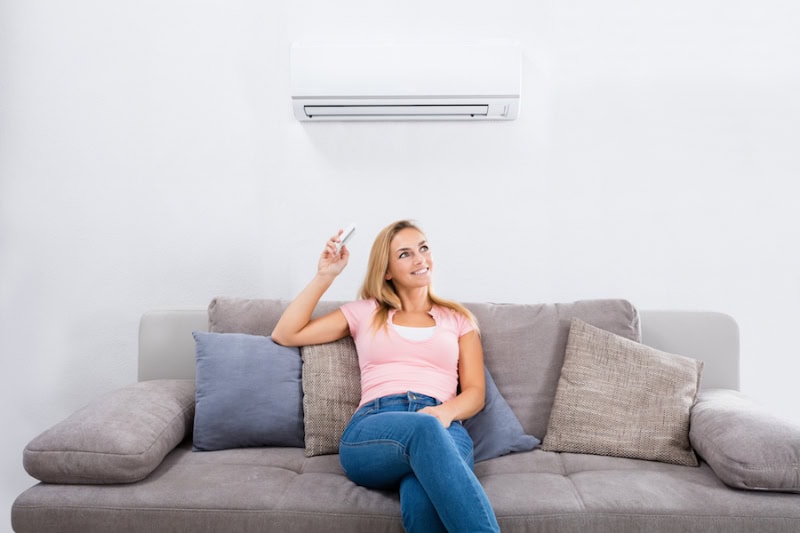Your air conditioner (AC) can do several things––keep your Texas home’s indoor air cooler than outdoor temperatures, help to keep indoor airborne allergens at bay, and help keep your home’s humidity low. But one thing it can’t do is kill mold.
Continue ReadingHow clean is your air? As wildfires continue to spread across California, Oregon, and other parts of the country, this is an appropriate time to think about improving the indoor air quality (IAQ) of your home or business. Even if you and your loved ones are unaffected by the ash and smoke, these fires remind us all of the importance of fresh air.
Continue ReadingSpring is finally arriving! The days are getting longer, the flowers are blooming, and you’re probably already thinking about dusting off the patio furniture or tackling that messy garage.
Continue ReadingAccording to the US Environmental Protection Agency (EPA), your home’s indoor air quality is often two to five times more polluted than outdoor air. These pollutants contribute to many diseases and worsen respiratory conditions like asthma and allergies.
Continue Reading



